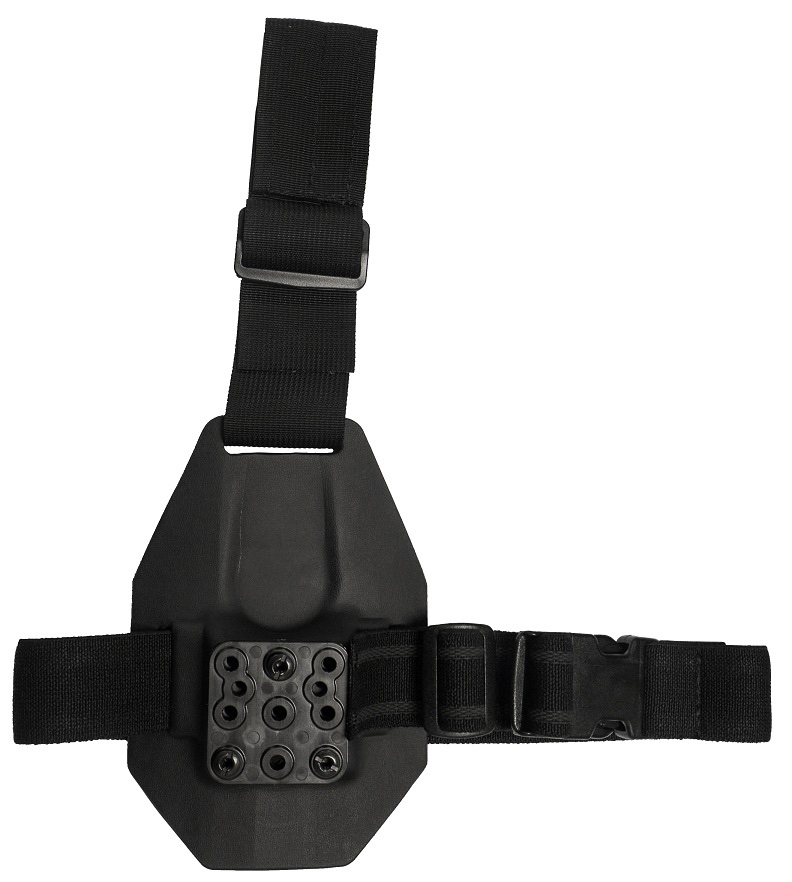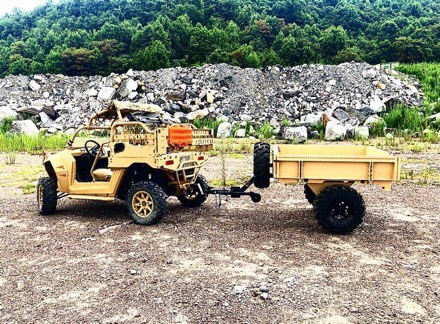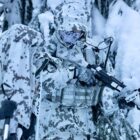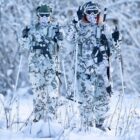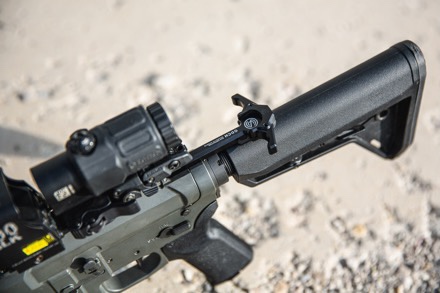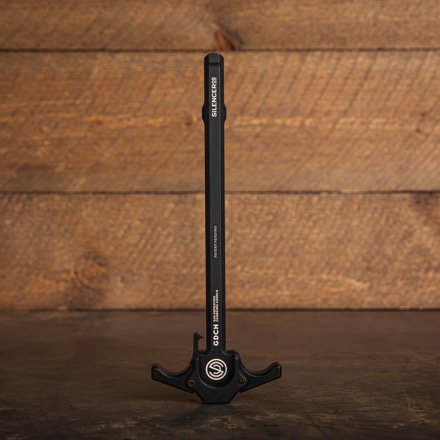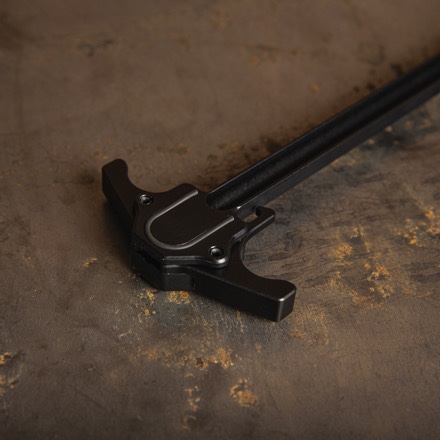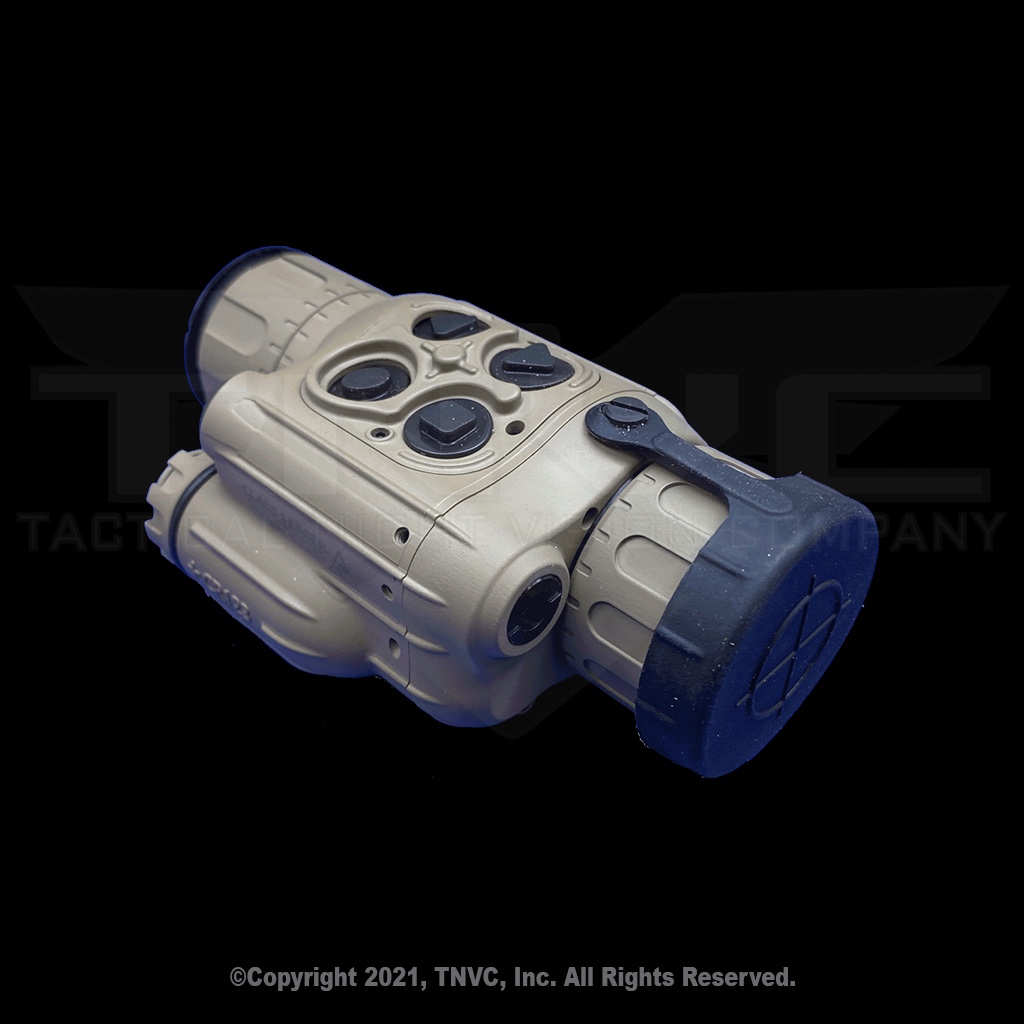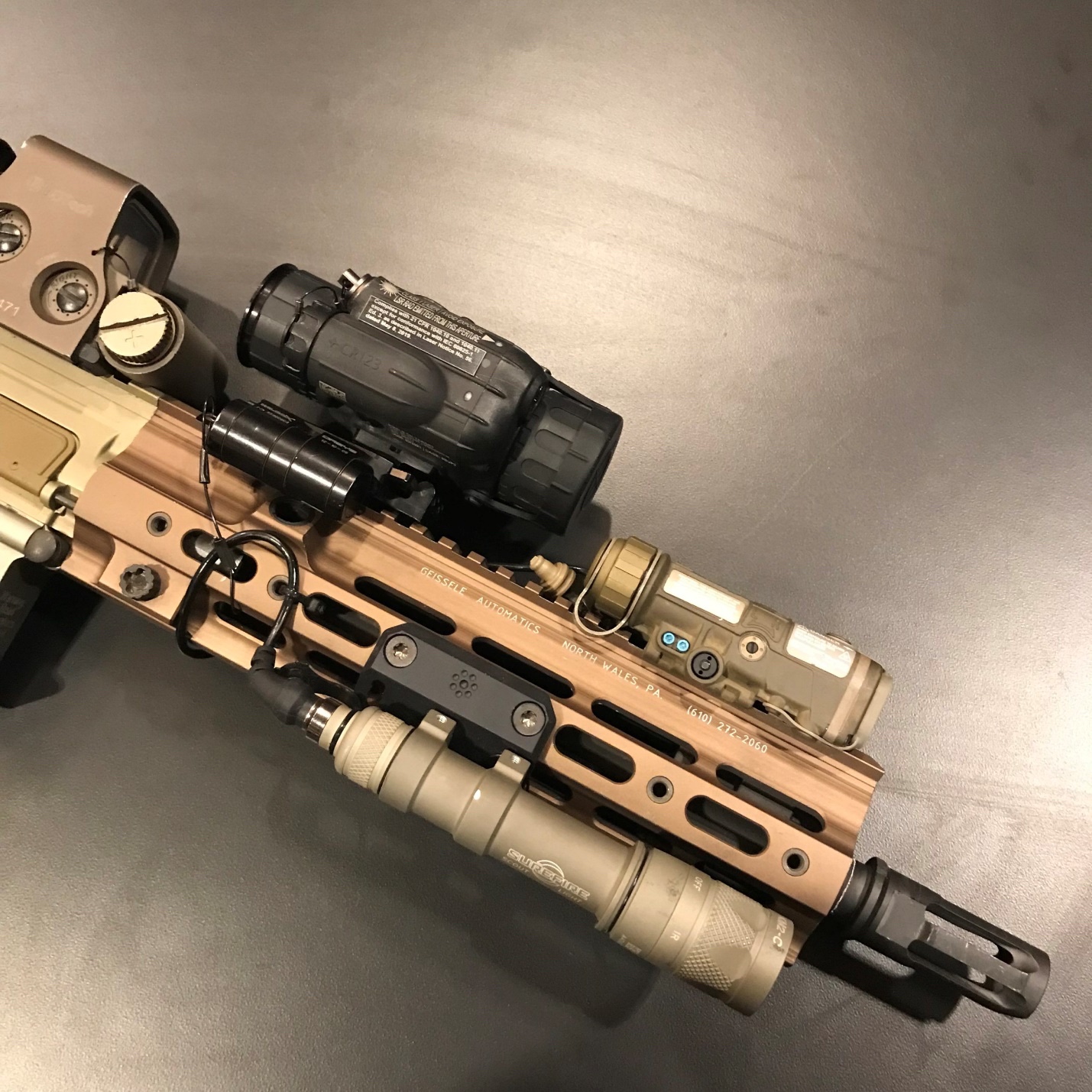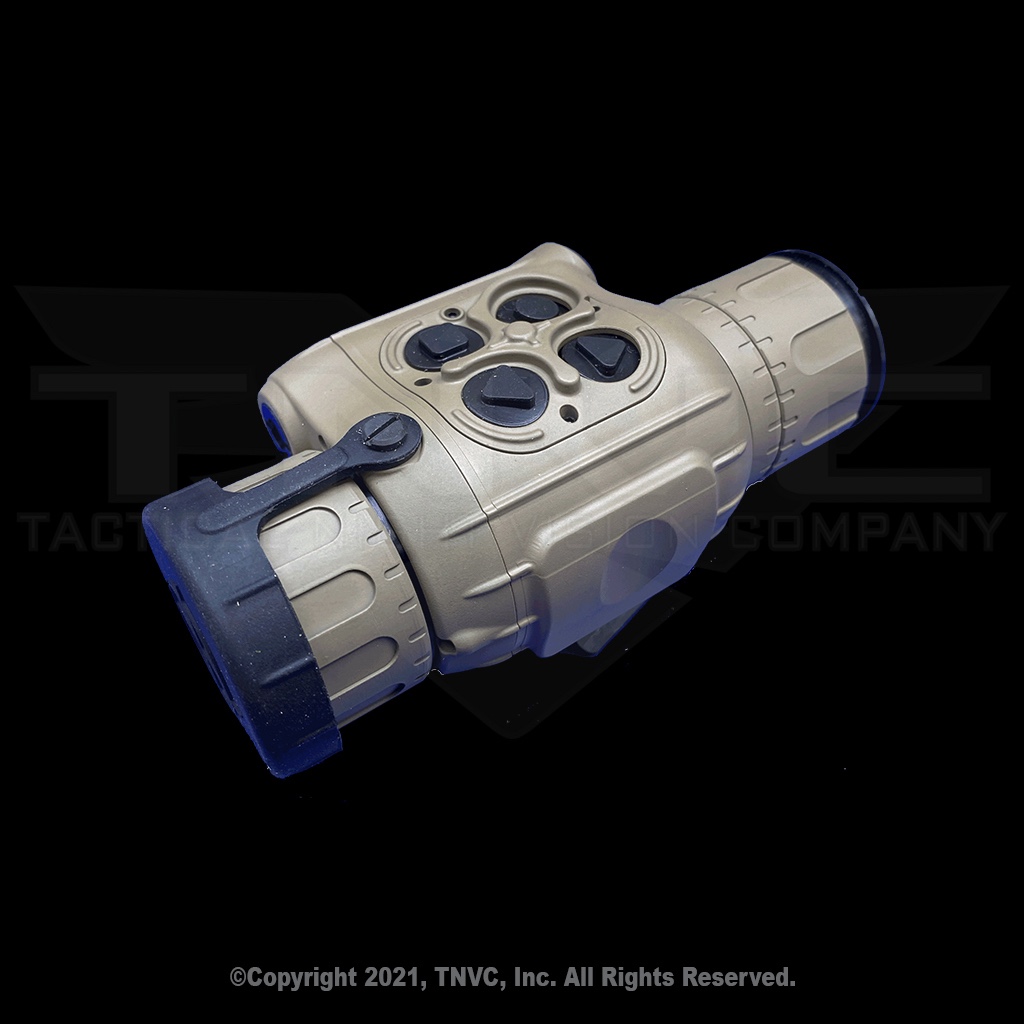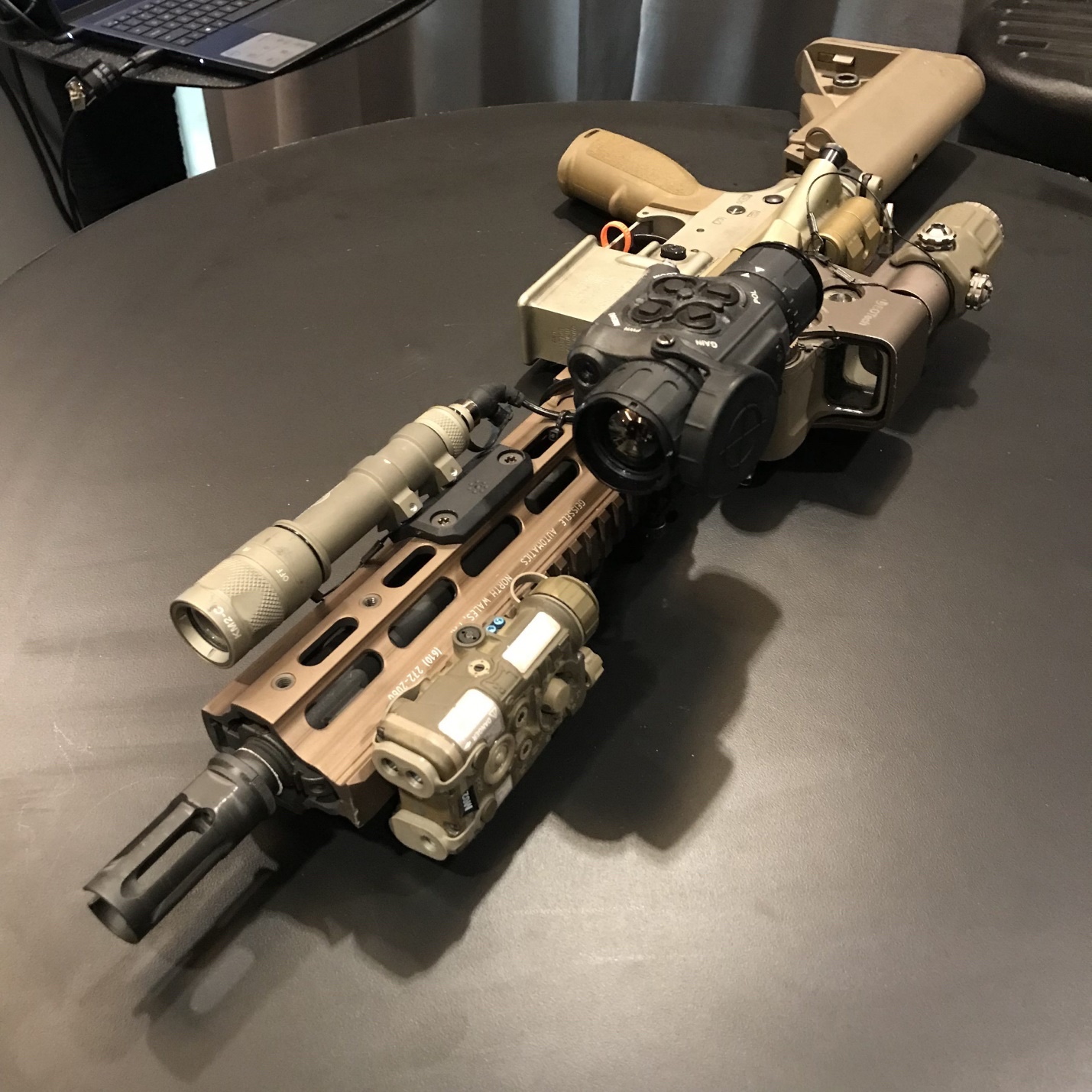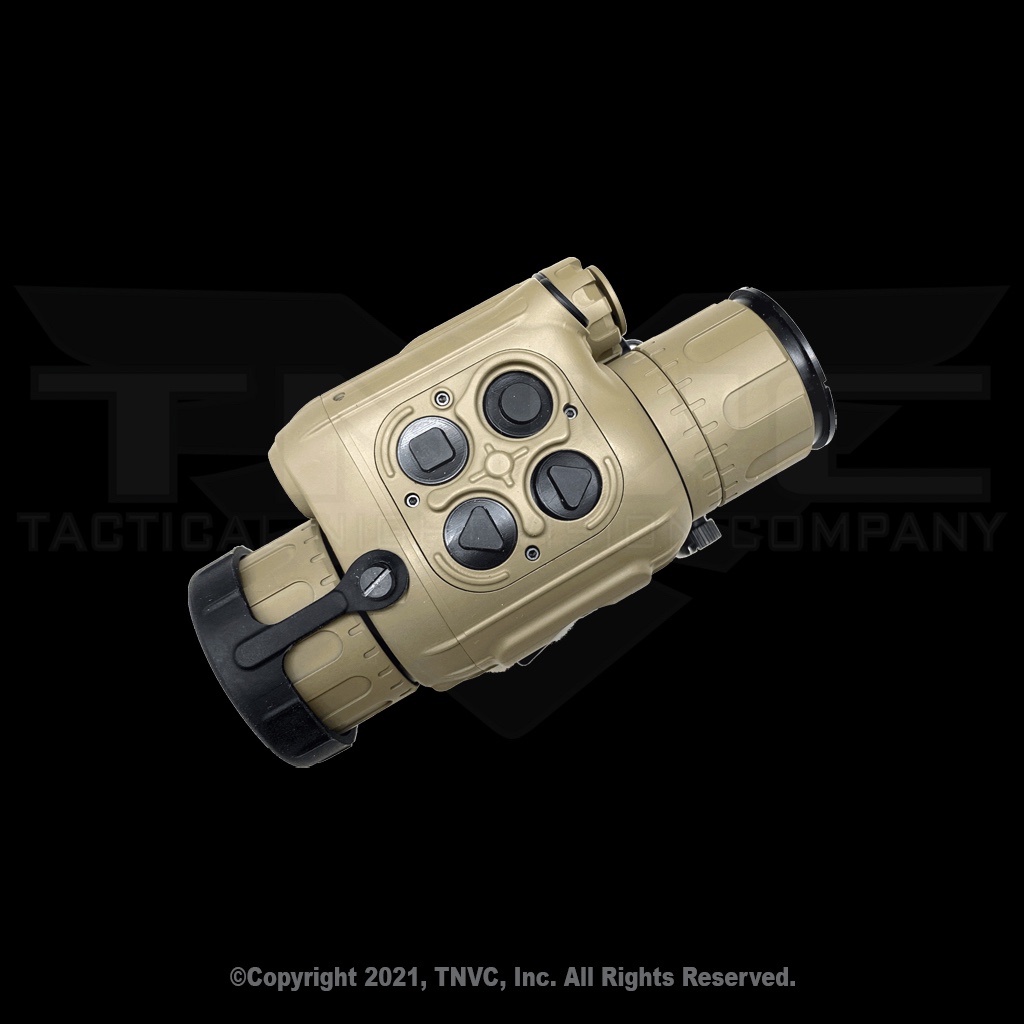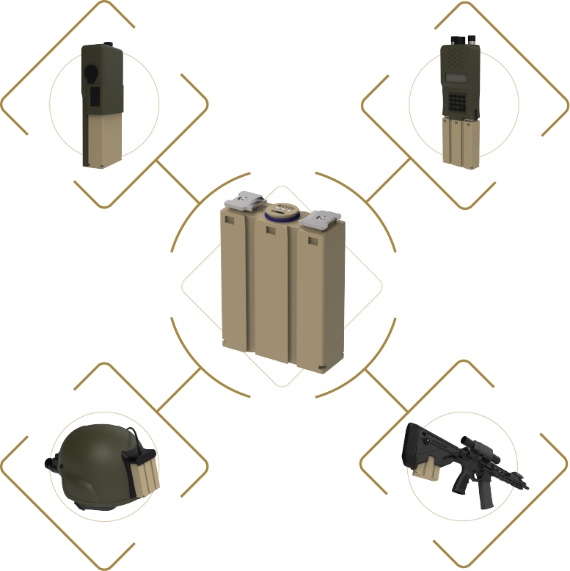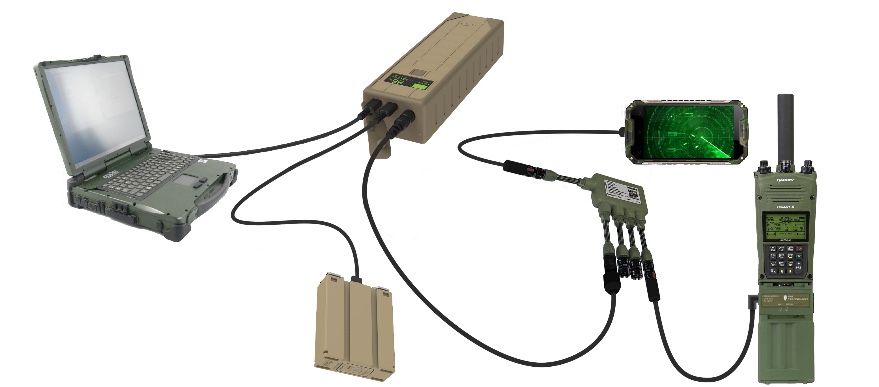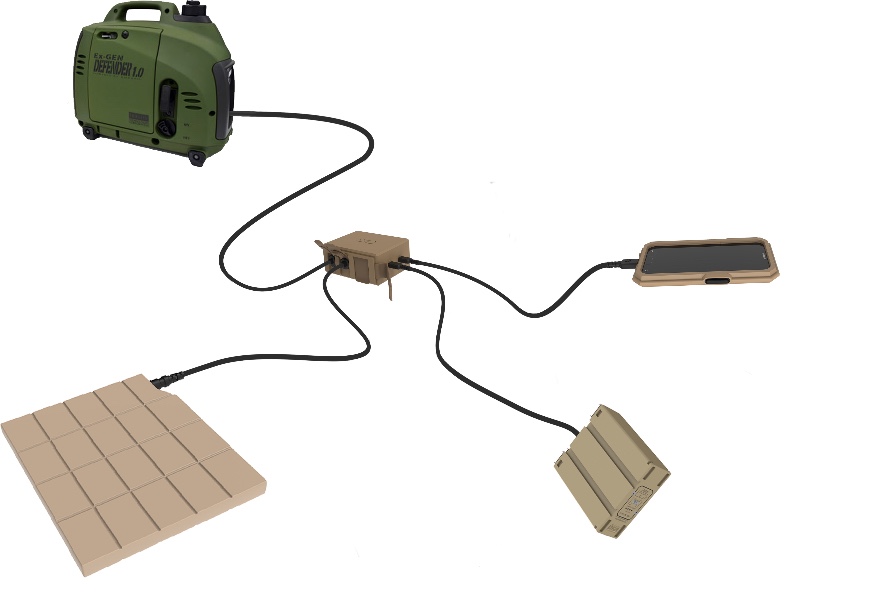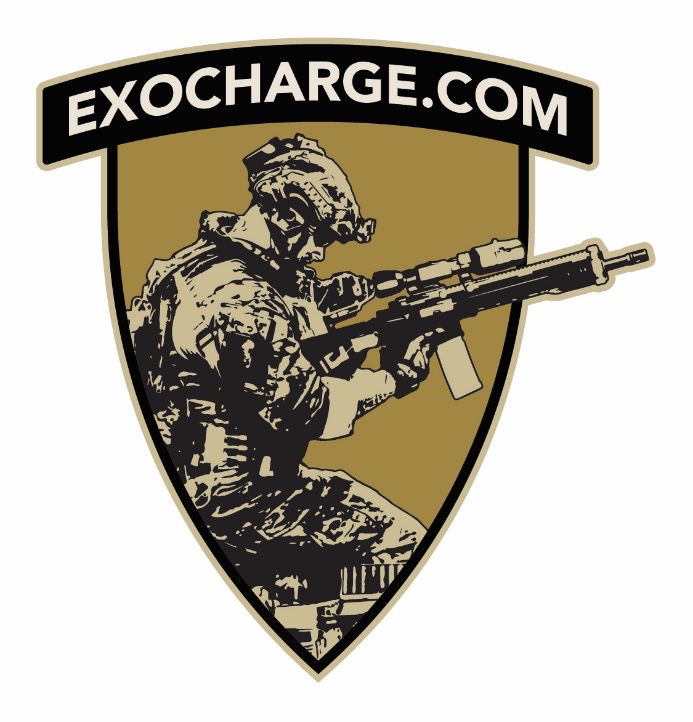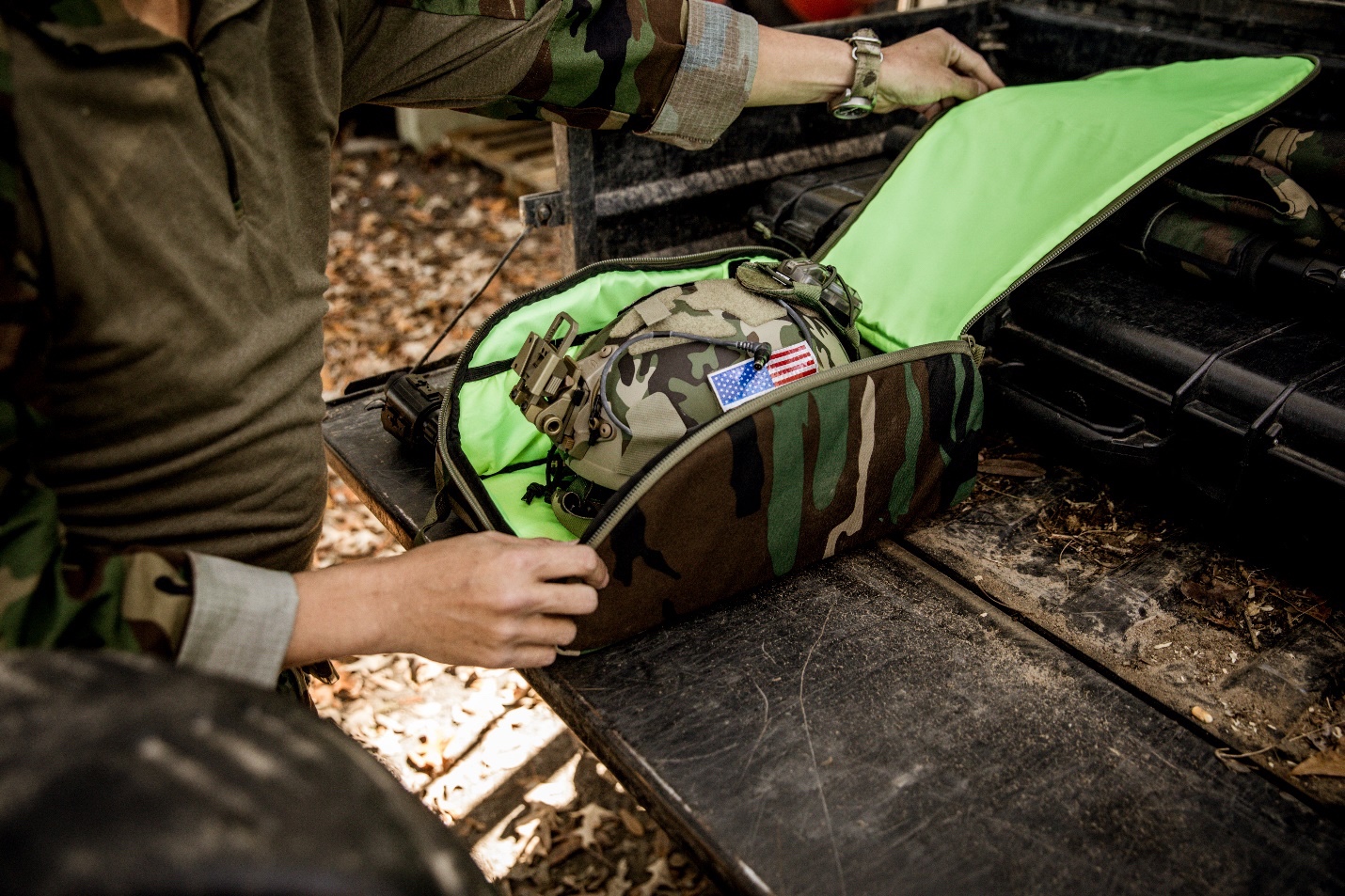
February 9th, 2022
TNVC is excited to celebrate the kick-off of our Annual virtual Shooting, Hunting, Outdoors, & Tactical Tele-event (vSHOTT) with the official launch of the TNVC M81 Woodland Collection, a collection of custom and exclusive / specifically selected products and accessories in the classic M81 Woodland Camouflage Pattern.
tnvc.com/shop/category/woodland-collection
M81 Woodland is one of the most prolific and iconic camouflage patterns of the modern era, it was the standard camouflage pattern for all four services before the Global War on Terror. It holds a special place in many people’s hearts, especially veterans, from those who wore starched and creased BDUs with spit shined boots, to those who invented the modern combat uniform with RAID Mods and other mission specific adaptations.
TNVC has partnered with some of the leading companies in the industry, including Ops-Core, OTTE Gear, Tactical Tailor, and others to bring a range of products and support for this Cold War Classic that so many of us were brought up on, and can still be quite effective in many environments.
To launch the M81 Woodland Collection, TNVC has partnered with Ops-Core as the Exclusive Commercial Distributor of Woodland Pattern FAST Helmets, starting with the FAST SF Helmet, based on the USSOCOM SPEAR FTHS (Family of Tactical Head-borne Systems) Ground Ballistic Helmet.
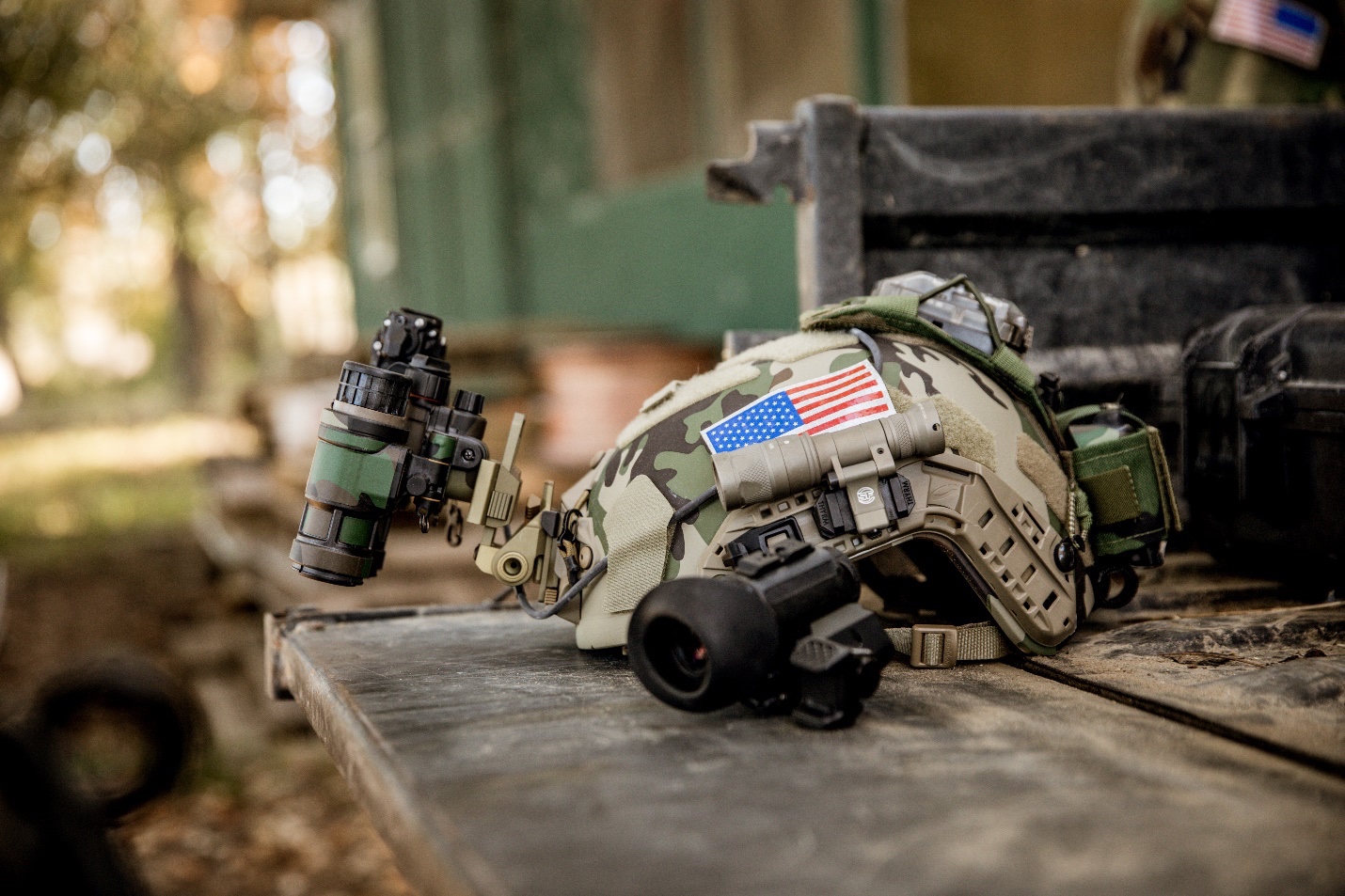
tnvc.com/shop/ops-core-helmet-fast-sf-super-high-cut-ballistic-tnvc-exclusive-m81-woodland
These special TNVC Exclusive FAST SFs have the same durable, hydrodipped finish used on the standard Multicam FAST SF helmet, and have all of the same features of the standard FAST SF/FTHS, including the industry leading Vented Lux Liner and OCC Dial suspension, Skeleton ARC Rails and shims, as well as the 3-Hole Modular Bungee Shroud (MBS) to mount mission critical equipment such as Night Vision Goggles.
M81 Woodland Helmets are currently inbound, and initial orders should ship within 1-2 weeks, with many more on the way in all sizes!
To accompany the M81 FAST SF, we are also re-releasing the TNVC Mohawk Gen. 2 Helmet Counterweight and Accessory System in M81 Woodland, with all three variants (MK 1 Counterweight & Battery Tray, MK 2 ANVIS LPBP and similar, MK 3 L3Harris CWBP and similar) currently available in stock:

tnvc.com/shop/exclusive-tnvc-mohawk-m81-woodland-special-edition
Along with the popular Night Vision Goggle Pouch, Padded, Expandable (NVG-PPE), and a special Custom Exclusive OTTE Gear OG Helmet Bag with a “TNVC Green” High-VIS internal lining and PALS webbing on the inside to secure the NVG-PPE.

tnvc.com/shop/category/woodland-collection
Of course, not to be forgotten, included in the M81 Woodland Collection are Nocorium Low-NIR reflectivity NVG vinyl wraps, available not only for a wide variety of goggle systems, including the L3Harris BNVD (AN/PVS-31), as well as for the L3Harris GPNVG Panoramic Night Vision Goggle and TNV/BNVG-M Artemis Binocular Night Vision Goggle, but also for Ops-Core AMPs, and other accessories!

TNVC and Night Goggle’s vSHOTT Presentation continues tonight at 8PM Eastern / 5PM Pacific from the Lightforce USA Headquarters in Pooler, Georgia with Night Goggles Takeover – led by Tom Austin, the Director of Night Goggles, focusing on hunting, outdoors, and other recreational uses of Night Vision, thermal, and Visual Augmentation Systems technology, as well as a very special announcement!
Registered participants will receive e-mailed promotional pricing, discount codes, and other vSHOTT Specials not available anywhere else, including a Grand Prize on Thursday of an L3Harris PVS-14 (M914A) Unfilmed White Phosphor Monocular Night Vision Device Prize Package!* As well as many other great giveaways from our sponsors! You must be registered below to win and receive promotional pricing and discounts:
tnvc.com/vshott
You can register for vSHOTT at any time (including during the stream), however YOU MUST BE REGISTERED BY 5:00PM ET, 2:00PM PT each day to be entered for that evening’s drawing (only one registration is necessary to be eligible for all giveaways and promotions for the week) and receive that day’s promotional materials (via e-mail, so check your “junk” folders if you don’t receive them).
Register and watch: TNVC.com/vSHOTT
*open to U.S. citizens residing in the U.S. only subject to verification and ITAR
